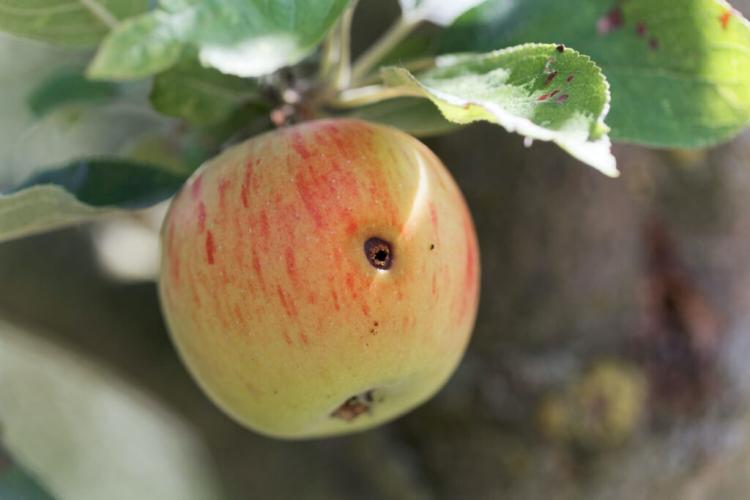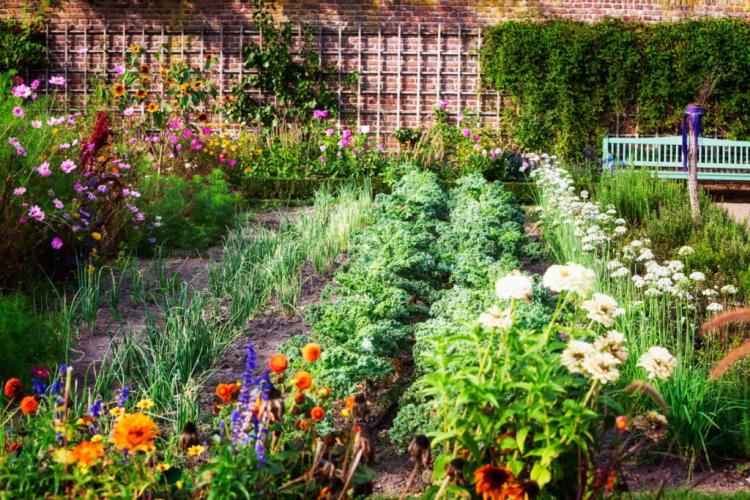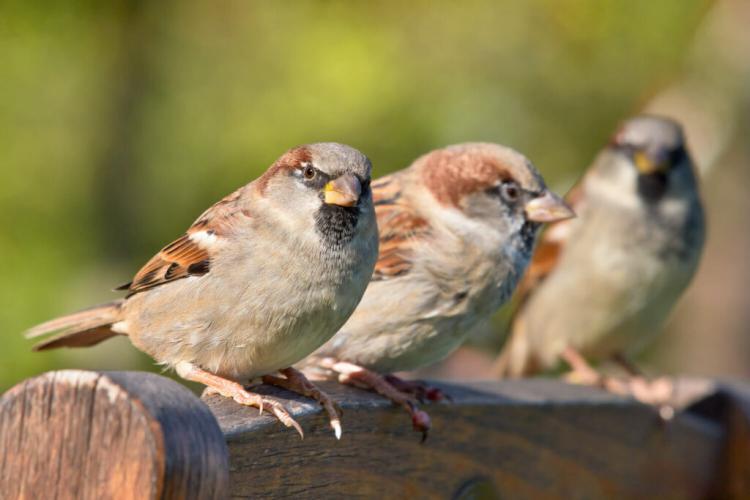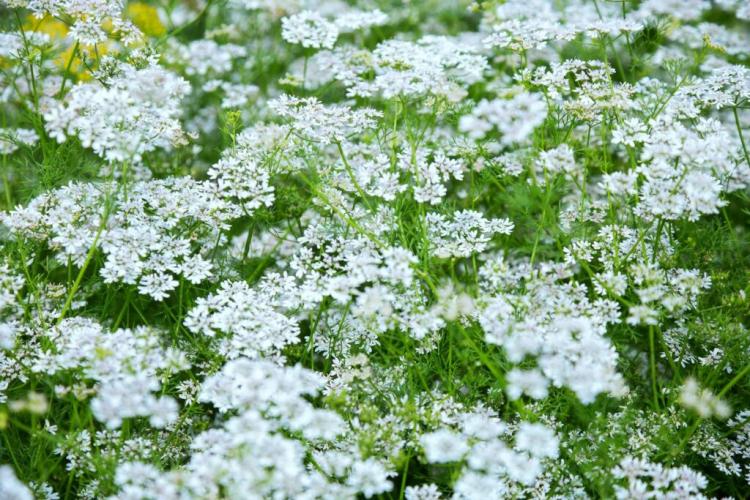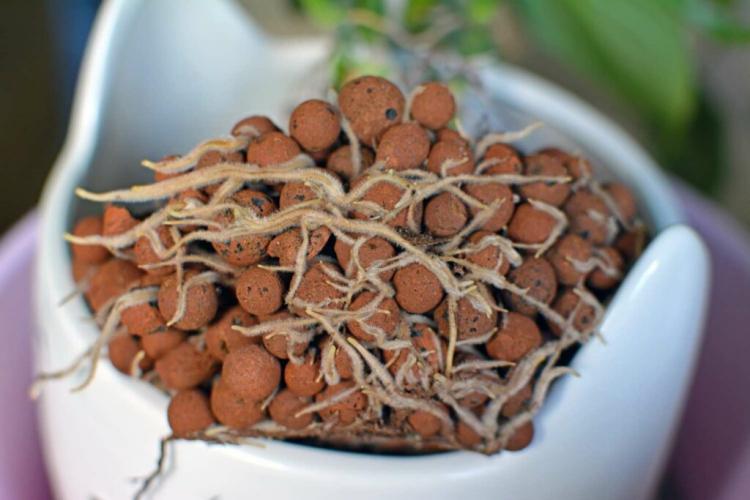Tarragon varieties: variety in the home garden
Tarragon convinces with its characteristic flavor in many dishes. If you want to grow it in your own garden, the variety should be known.
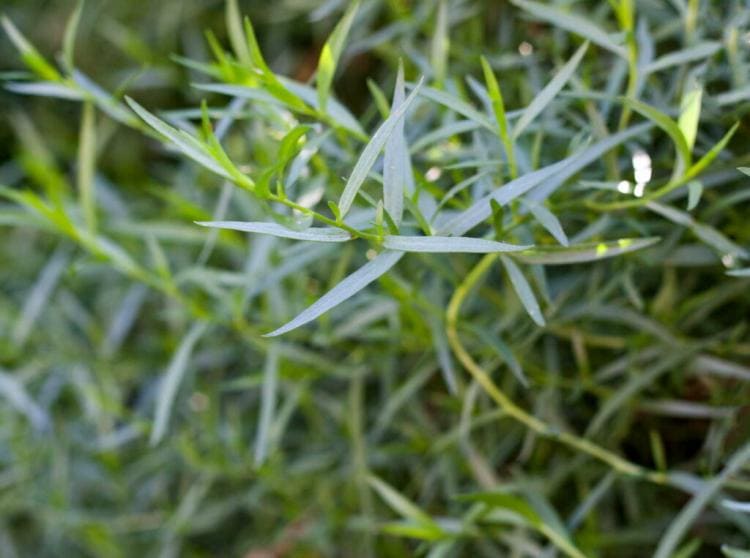
Three different varieties of tarragon can be found in our gardens [Photo: Nataly Studio / Shutterstock.com]
Tarragon ( Artemisia dracunculus ) belongs to the Asteraceae family . Three different varieties of the perennial herb can be found in our gardens. What these are called and in what properties they differ, we will resolve in the following.
Russian tarragon ( Artemisia dracunculus var. Inodora )
The flavor of the Russian tarragon is not quite as intense, but it develops a rather bitter taste. That is why it is not grown so often or sold in stores. Furthermore, due to its low winter hardiness, it is not particularly suitable for growing in your own garden. However, the Russian tarragon can boast one big advantage: It is the only variety of tarragon that can be propagated via seeds. This is usually easier and, above all, cheaper than propagating plants using cuttings.
French tarragon ( Artemisia dracunculus var. Sativus )
This tarragon representative has the most intense aroma. The French tarragon is known as a component of the famous Bernaise sauce. After all, it can withstand temperatures as low as -10 ° C. However, since it does not develop seeds, a plant must be present in order to be able to reproduce itself. With French tarragon, this is only possible by cuttings in spring and summer or by dividing the plants in spring.
German tarragon ( Artemisia dracunculus cv.)
In terms of aroma, German tarragon lies between the two varieties mentioned above. However, this is the most robust representative – it usually gets through the winter without any protective measures being required. Regarding the propagation, however, the same applies as for the French tarragon: No seeds and thus propagated either by cuttings or by division.
Tip : After choosing the variety, plant the tarragon. It is best to use a permeable and peat-free organic soil such as our nutrient-rich Plantura organic universal soil. This can be used for a long time, especially if it is supplied with organic granulate fertilizers.

